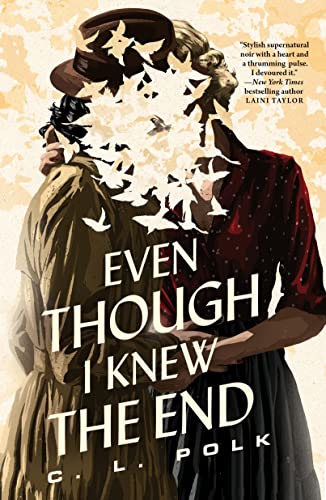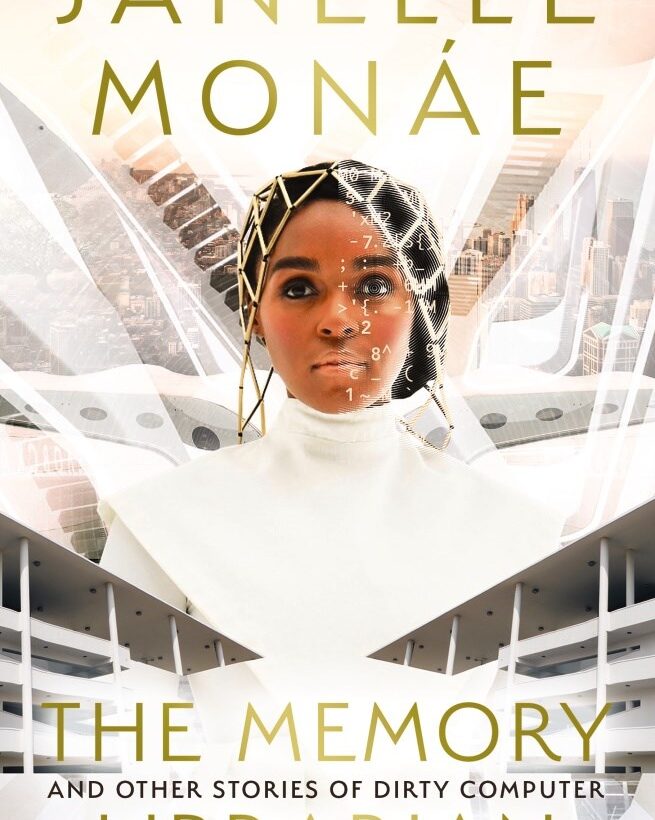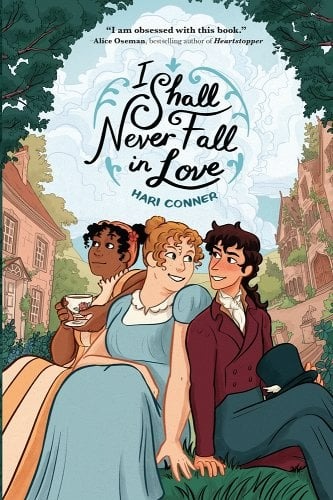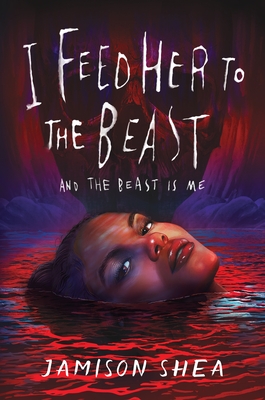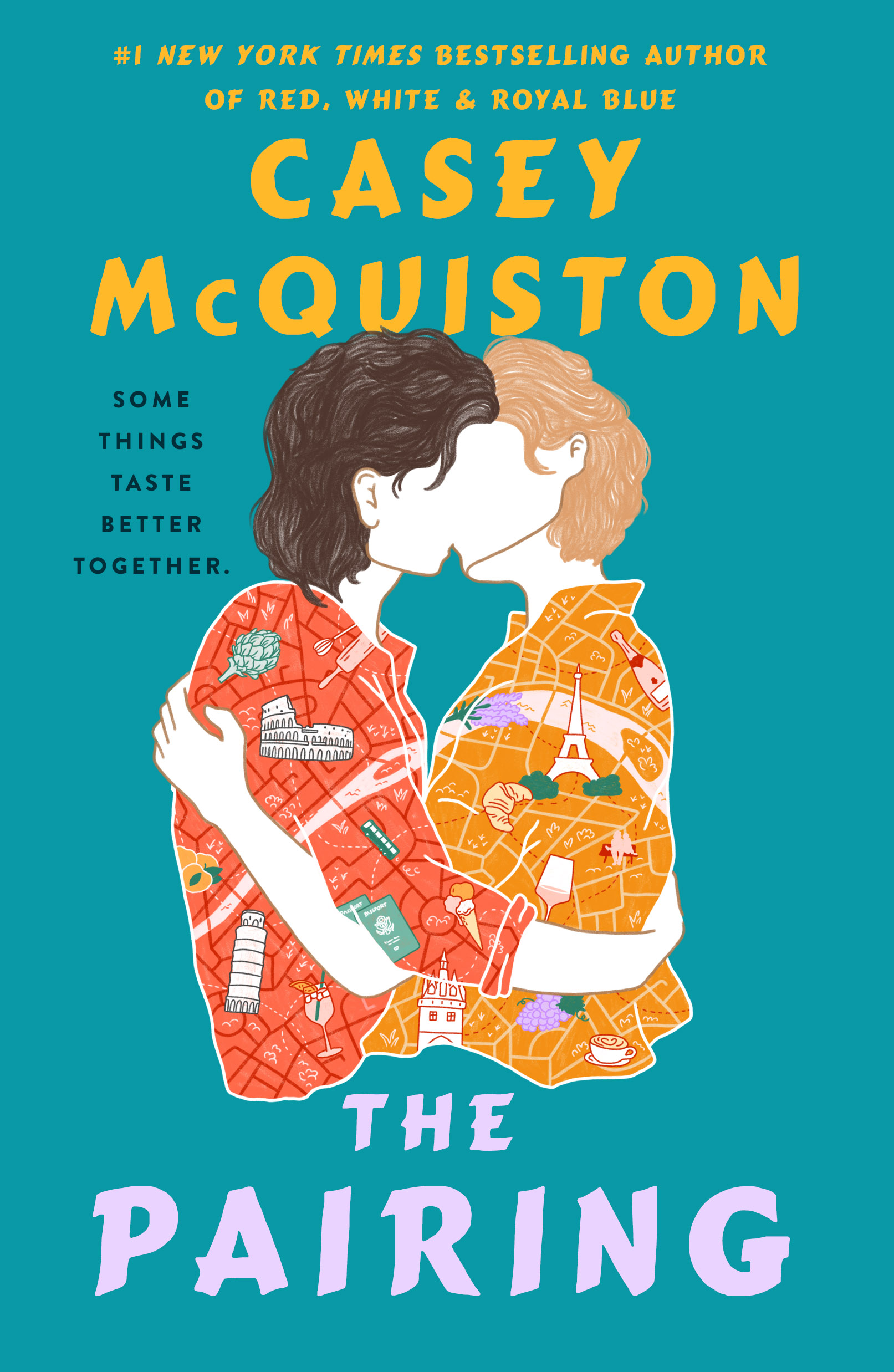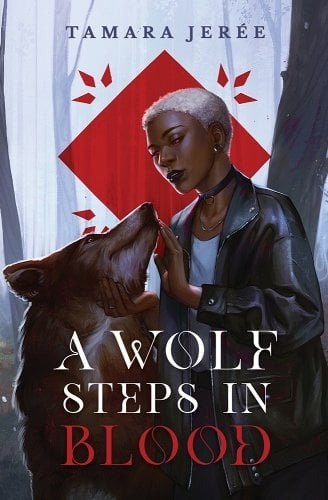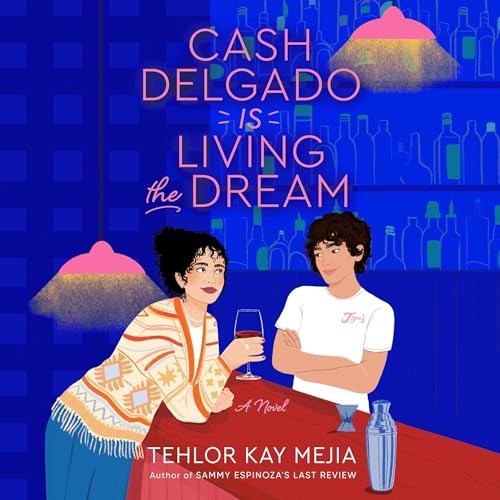In 1940s Chicago, a serial killer known as the White City Vampire spreads fear as everyone wonders who his next victim will be. Helen Brandt, an exiled magician deemed a warlock for her crimes against the Brotherhood, is on the case. But as the mystery unfolds, her past comes back to haunt her, and sheRead More
Resisting from the Margins in The Memory Librarian: And Other Stories of Dirty Computer by Janelle Monáe et al.
As someone who enjoyed Janelle Monáe’s Dirty Computer album and accompanying film, I was thrilled to finally read The Memory Librarian: And Other Stories of Dirty Computer, an anthology of five stories cowritten by Janelle Monáe with Danny Lore, Yohanca Delgado, Alaya Dawn Johnson, Sheree Renée Thomas, and Eve L. Ewing. This book returns to the dystopian worldRead More
Jane Austen Meets Queer Historical Joy: I Shall Never Fall in Love by Hari Conner Review
Generally speaking, I’m used to queer historical fiction falling into two categories: depressing and trying to be historically accurate, or joyful and set in an imaginary version of history without bigotry. When I picked up I Shall Never Fall in Love, I was expecting the latter. After all, this is a book that draws heavilyRead More
Feral Eldritch Ballerinas: I Feed Her to the Beast and the Beast Is Me by Jamison Shea
Laure is a ballet dancer who has devoted herself entirely to her profession. She spends every waking moment honing her skill. And she is perfect. But as she soon learns, perfect is not enough. It doesn’t matter that she’s the best, because she’s fighting to rise up in an institution that sees her working classRead More
A Decadent Bi4Bi Romance: The Pairing by Casey McQuiston
Buy this from Bookshop.org to support the Lesbrary and independent bookstores! [I] wonder if heartbreak will fuck you if you learn to love it enough. It feels unnecessary to recommend the new Casey McQuiston romance, given how incredibly popular Red, White, and Royal Blue and One Last Stop are. I’m sure this will also getRead More
A Paranormal Romance Novella with Teeth: A Wolf Steps in Blood by Tamara Jerée
Buy this from Bookshop.org to support local bookstores and the Lesbrary! “We are the figures of each other’s fairytales made flesh.” – A Wolf Steps in Blood, page 22 Last October, I reviewed Tamara Jerée’s debut novel, The Fall That Saved Us, a romance between a former demon hunter and a succubus. As that was a favoriteRead More
Cult Leader, Zealot, or Savior?: The Genesis of Misery by Neon Yang
Buy this from Bookshop.org to support local bookstores and the Lesbrary! Misery Nomaki (she/they) wields the power to manipulate holystone, an ability only saints or those void-touched have. She believes she is void mad, while the angel that guides her, Ruin, tells her she is the next Messiah. But regardless of what is the truth,Read More
A Painfully Oblivious Lesbian Love Story: Cash Delgado Is Living the Dream by Tehlor Kay Mejia
Buy this from Bookshop.org to support local bookstores and the Lesbrary! Your enjoyment of Cash Delgado Is Living the Dream will depend heavily on how you feel about reading hundreds of pages of a truly oblivious queer main character. The kind of character who googles, “Can you be straight and have a sex dream aboutRead More
Making The Future Gay: The Five Things I Checked out From the Queer Liberation Library
Recently, a nonprofit in Massachusetts put out an exclusively queer book collection on Libby called the Queer Liberation Library (also known as QLL). Their mission is simple: by providing queer people with diversity-focused literature and resources, QLL is building a future that is undeniably queer. This collection of e-materials is available to anyone with an email address,Read More
A Dazzling Debut: How Far the Light Reaches by Sabrina Imbler
Buy this from Bookshop.org to support local bookstores and the Lesbrary! I first learned about Sabrina Imbler (they/them) last year when my girlfriend and I traveled to Seattle to watch the UConn Women’s Basketball team compete in the Sweet 16. Whenever I travel, I like to visit a local bookstore, which is how we endedRead More
- 1
- 2
- 3
- 4
- Next Page »
